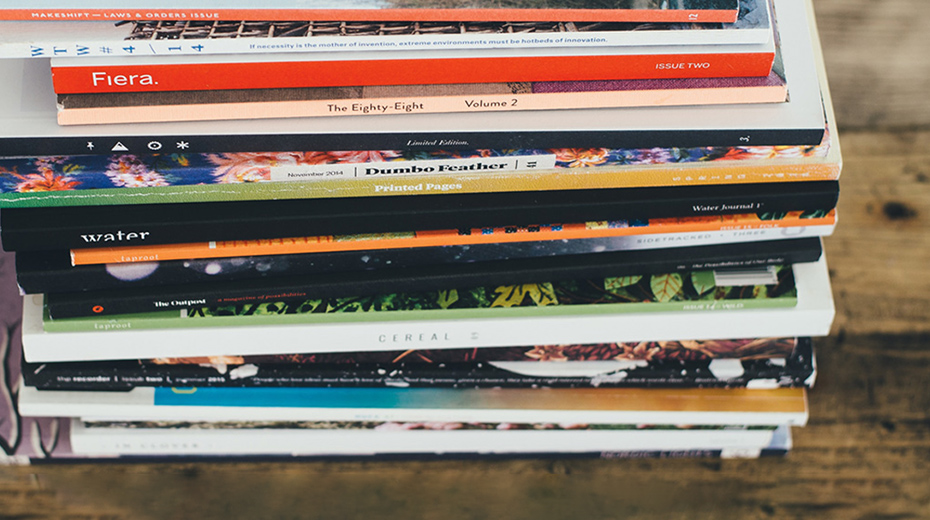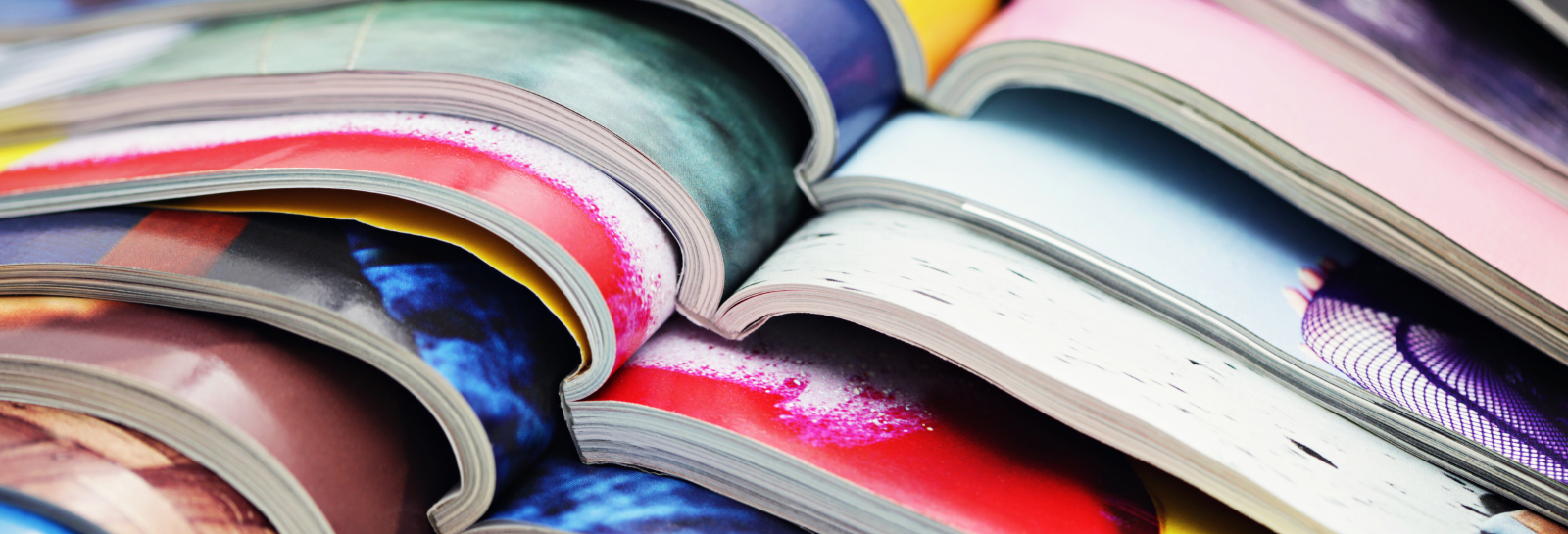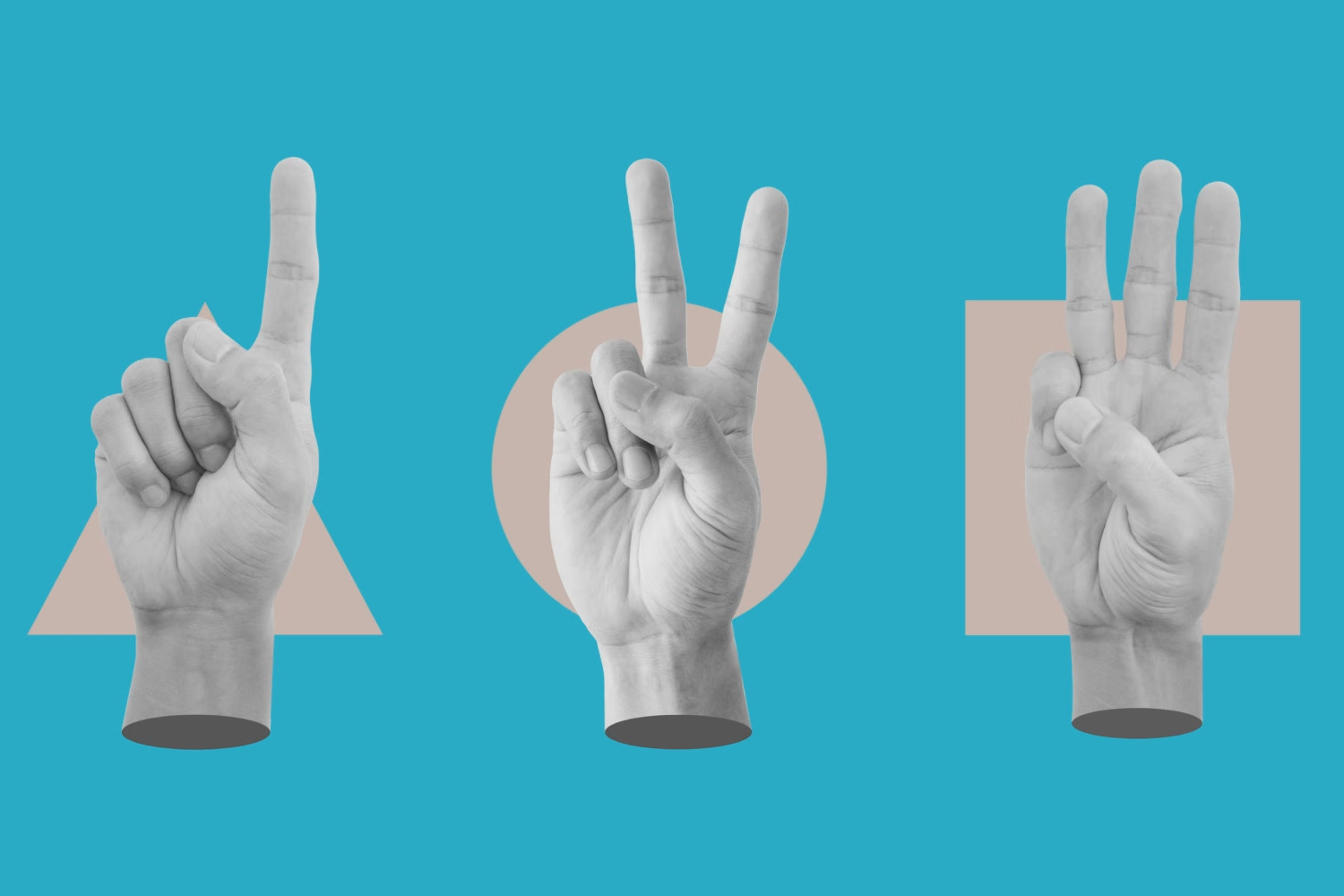5 Reasons Your Brand Might Need a Magazine

Share this story
Confession: I’m a print junkie. I got hooked young — first, Highlights, and then soaking up every word of the dearly-departed-but-never-forgotten Sassy. And it didn’t end. My coffee table is still stacked with dozens upon dozens of magazines.
Print is passé? Nonsense. Are there troubling signs? Sure. Look no further than the paltry selection at airport newsstands. And then just a few months ago, National Geographic announced its legendary magazine would only be available via subscription. I’m also not going to gloss over some painful truths: Magazines require a hefty hunk of change to create — and huge print runs aren’t great for the environment.
But make no mistake: Reports about the death of print have been greatly exaggerated. The iconic Jet printed its last magazine in 2014 — then came roaring back with a special edition in September. Now foodie bible Saveur declared it’s coming out of print hibernation in 2024. One other big sign: Graydon Carter, the OG of print — he of Vanity Fair and the criminally underrated Spy — says his digital-only Air Mail newsletter has “enough support now to do a large-scale print magazine.” Be still, my heart.
This doesn’t mean cranking out more of the same old, same old will work. Publishers know their print creations must offer something spectacular and are adjusting accordingly. One stellar example: In 2020, the folks at Reserved took on a “special quarantine challenge,” creating a hardback edition of the fashion and culture title — and then let readers pick from 22 distinct cover options. (I opted for the Mick Rock one with Bowie.) It’s not just a pandemic thing. Carter is saying the Air Mail print piece will likely be a one-off, limited-edition magazine that features lots of original photography. Saveur CEO Kat Craddock is also talking “limited print runs, reducing waste.” Another payoff? Coming up with a “special edition” makes readers feel like they’re part of the cool crowd — that they’re the cognoscente in on the trend.
So why should marketers care about all of this? Whether you’re an association or a bank or a B2B brand, magazines are one of the best ways to build awareness and affinity. Consider AARP The Magazine. It’s got 38.7 million readers. Yup, a magazine put out by a brand is also the most widely read in the United States, according to MRI-Simmons.
Here are 5 reasons brands should be looking at print:
1. Magazines are a tangible and visceral way to show you value your customers.
There’s just something glorious about having an actual object in your hand and flipping through all those pages. When Are Media announced it was bringing back the Aussie version of Elle magazine , the company’s general manager noted the global print “resurgence” and said it was thrilled to bring back “something tangible to have, hold, read and leaf through.”
Research tells us that readers are probably going to value it more, too. There’s even a term for it: the endowment effect. It’s a simple enough concept. The moment we touch something — or even imagine touching it — we value it more. We begin to feel we own it, and that makes us value it more.
Associations have long known this. A 2023 report by Naylor Association Solutions found 45% of association leaders ranked print magazines as very / extremely valuable. Yet many associations are shutting their membership titles down: 16% reported replacing their print magazine with a digital edition. The increasing cost of printing and shipping has no doubt played a role in the strategy. But why not look at other options for keeping such a major member benefit? Reimagine your monthly mag as a quarterly and then atomize the content in a strong digital content hub supported by social. That’s just one idea. My point is that there’s no excuse for cutting print out of your omnichannel content universe.
2. Print lets you stand out from the digital deluge — and capitalize on emerging media consumption trends.
The internet is a glorious thing, but there’s a whole lot to sift through to find the best stuff. People also aren’t willing to settle for what search engines and algorithms hand them. Done right, a magazine serves up a proper menu of content options, from snackable charts to full-on features. The effort is appreciated: Nearly half of U.S. readers and a whopping 58% of U.K. readers said they prefer reading magazines in print versus online, per a YouGov survey.
Print also addresses the increasing focus on mental health and the need to rein in screen time. People — especially younger ones — crave a digital detox: 50% of Gen Zers want to take a break from their phone, according to a Squarespace study.
Print lets brands cut through the digital din and command attention. One more major proof point? Even e-commerce titan Amazon offers a printed toy catalog.
3. Magazines appeal to that key — and oh-so-elusive — target audience: young people.
Digital natives dig print. No lie. Much like the resurgence of vinyl, print is making its own comeback among younger people who didn’t grow up with it as a staple in their content diet.
It’s a complicated relationship. Over 60% of millennials say they love the touch and feel of a printed magazine, according to the News/Media Alliance. But the appeal runs much deeper. In the anything-goes digital world, print is seen as more authentic. And that’s important: 73% of Gen Zers says they buy or advocate for brands based on their beliefs and values, per Edelman.
Case in point: The Economist found that its digital-only subscribers skewed older than the subscriber base — and that print-only subscribers skewed younger. Why? Validation. Here’s what Tom Standage, the news weekly’s deputy editor, told Holmen Paper: “We suspect that younger readers may wish to be seen with a physical copy of The Economist, exploiting its value as a badge brand.”
4. Print engages readers more, allows greater retention and learning — and positions your brand as a thought leader.
If you’ve made it this far, kudos: Your digital attention span is better than most others. A typical visitor to a digital news site exits in less than 5 minutes, while print readers usually spend 20 minutes or more with their publication in hand. Here’s what that looks like in real life: After 66 years, iconic Brit music mag NME went digital only. The result? Researchers found the total time spent with the brand plummeted 72%.
But just any type of print won’t do: Paper quality affects perception. Researchers found people who read about a (fictitious) company on high-quality paper understood and retained the content significantly better than those who read on either lighter, lower-quality uncoated paper or on a computer screen. They also had more positive feelings about the company.
Admittedly, much of the data on this point is older than the phone or computer you’re reading it on. But for me, the numbers are no less valid. If anything, the digital deluge only strengthens the argument for magazines as an alternative thought leadership vehicle.
5. All the great stuff you pack into those magazine pages can be sliced and diced to feed your content ecosystem.
Creating a print magazine isn’t cheap. If you want to wow readers, you’re going to need to invest in high-quality, journalism-driven editorial and design.
Yet those very same elements open endless possibilities for atomization. You can slice and dice all that cool magazine material to nourish your always-ravenous social and video feeds and to enrich your content hub and events. That beautiful infographic spread in the magazine? You can easily convert it into three scroll-stopping social posts. The deep-dive interview and photoshoot featuring your customer? Turn it into a video or an immersive digital experience.
Ad revenues and subscriptions are some other ways to subsidize your magazine investment. And, hey, if you need other creative inspiration, look no further than Bitcoin Magazine, which relaunched in 2021 after a hiatus. Not only does the crypto company charge a hefty $21 for each issue, it’s trying to turn the magazine into a true brand, complete with its very own collab with Crocs: The shoes come complete with “a custom Bitcoin Magazine logo Jibbitz™”.
The takeaway? Print is back, baby. Don’t miss out.


